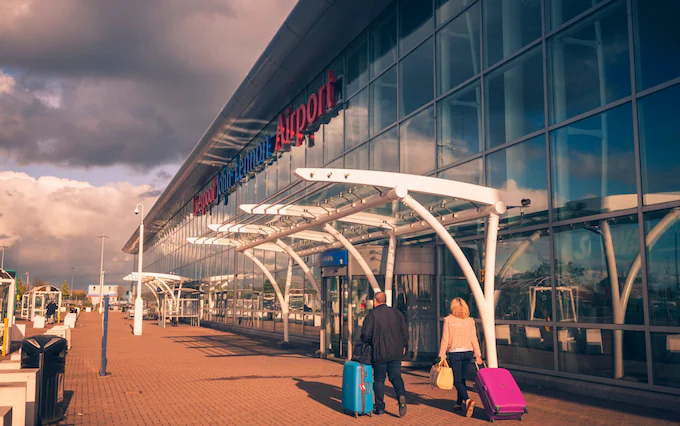Relocating to Canada with a visa sponsorship job can be a great way to secure your move and employment in a new country. Visa sponsorship means that a Canadian employer is willing to hire you and sponsor your work visa. Here is a comprehensive guide to help you navigate this process from Nigeria.
1. Understand Visa Sponsorship
Visa sponsorship involves a Canadian employer offering you a job and supporting your application for a work permit. There are different types of work permits depending on the job and your qualifications:
- Temporary Work Permit: For short-term employment.
- Permanent Work Permit: Linked to permanent jobs and can lead to permanent residence.
- Global Talent Stream: For highly skilled workers in tech and other specialized fields.
2. Identify Your Job Market
Research the Canadian job market to identify sectors with high demand for foreign workers. Common industries include:
- Information Technology (IT)
- Healthcare
- Engineering
- Skilled Trades
- Agriculture
- Education
Websites like Job Bank, Indeed, and LinkedIn are useful for job hunting.
3. Update Your Resume and Cover Letter
Canadian employers expect resumes and cover letters in a specific format. Here are some tips:
- Resume: Focus on a clean layout, concise language, and relevant experience. Include your contact information, a professional summary, work history, education, and skills.
- Cover Letter: Customize each cover letter for the job you’re applying for. Highlight your skills and how they match the job requirements. Explain why you are interested in working for the company and how you can contribute.
4. Apply for Jobs
Start applying for jobs through job boards and company websites. Networking can also be very effective. Join professional groups on LinkedIn and attend virtual job fairs. Reach out to recruiters who specialize in placing international candidates.
5. Employer Requirements and the Labour Market Impact Assessment (LMIA)
Most employers need to obtain a Labour Market Impact Assessment (LMIA) to hire foreign workers. The LMIA process ensures that hiring a foreign worker will not negatively affect the Canadian job market. Here are the steps involved:
- Job Offer: Secure a formal job offer from a Canadian employer.
- Employer Applies for LMIA: The employer submits an application to Employment and Social Development Canada (ESDC).
- Positive LMIA: If approved, you will receive a copy of the LMIA and a detailed job offer.
6. Apply for a Work Permit
Once you have the job offer and a positive LMIA, you can apply for a work permit. Here are the steps:
- Online Application: Submit your application through the Immigration, Refugees and Citizenship Canada (IRCC) website.
- Documentation: Provide necessary documents such as your passport, job offer letter, LMIA, proof of qualifications, and work experience.
- Biometrics and Medical Exam: Depending on your country of origin, you may need to provide biometrics and undergo a medical exam.
- Processing Time: The processing time can vary. Regularly check the status of your application online.
7. Preparing for Your Move
Once your work permit is approved, start preparing for your move to Canada:
- Accommodation: Arrange for temporary housing, like an Airbnb or hotel, until you find permanent accommodation.
- Finances: Open a Canadian bank account and ensure you have enough funds for the initial months.
- Healthcare: Research the healthcare system in the province you’ll be living in and arrange for health insurance if necessary.
8. Arrival in Canada
Upon arrival, you will go through customs and immigration. Have the following documents ready:
- Passport
- Work permit approval letter
- Job offer letter
- LMIA copy
- Proof of funds
- Medical insurance details
9. Settling in Canada
After arriving, take steps to settle into your new environment:
- Social Insurance Number (SIN): Apply for a SIN to work and access government services.
- Banking: Finalize your banking arrangements.
- Accommodation: Search for long-term housing options.
- Transportation: Familiarize yourself with public transportation or consider buying a car.
- Community Integration: Join local community groups, especially those for expatriates, to build a support network.
10. Pathway to Permanent Residence
Many work permits can lead to permanent residence through programs like:
- Canadian Experience Class (CEC): For those with Canadian work experience.
- Provincial Nominee Program (PNP): For those nominated by a Canadian province.
- Express Entry: Comprehensive program for skilled workers.


